Back Pay Letter Template for Accurate Compensation Claims
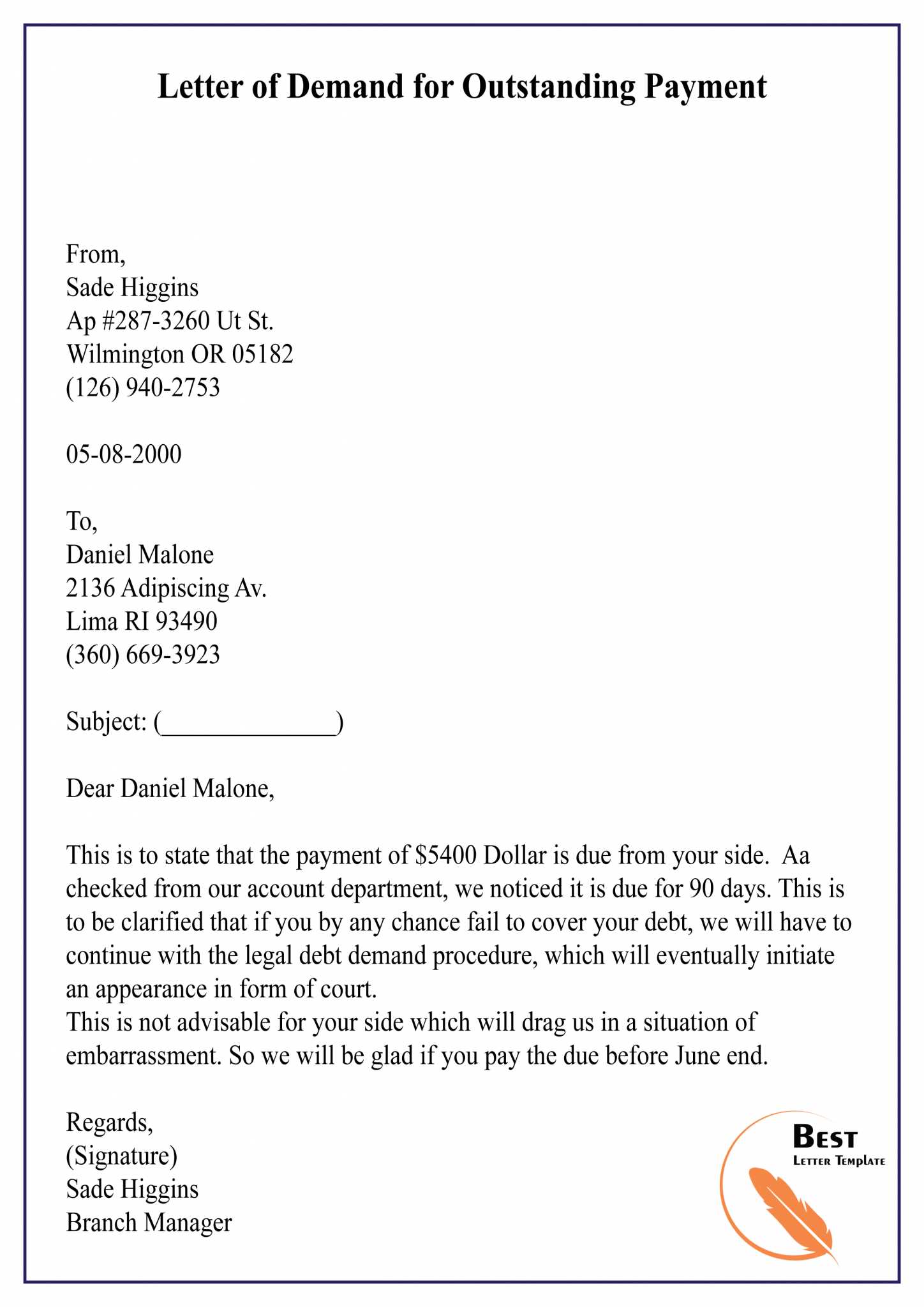
When compensation is owed but not received on time, it’s crucial to communicate clearly and professionally to ensure the issue is addressed. A formal document serves as an official request, ensuring both parties are on the same page regarding the amount and timing of the owed amount. This step is vital in maintaining transparency and preventing misunderstandings in the workplace.
Creating a clear and well-structured request is key to achieving a prompt and fair resolution. In such documents, it’s important to highlight specific details such as the amount owed, the period in question, and any relevant terms that can support the claim. Proper phrasing and a polite tone will go a long way in fostering cooperation.
Employers and employees alike can benefit from understanding the structure and components of an effective claim. Whether it’s an overdue settlement or an error in calculations, a well-crafted request document will be an essential tool in resolving the issue swiftly and efficiently.
Why Compensation Request Documents Are Essential
When there is a delay in receiving the amount owed, having a formal means of communication is critical. A structured request serves as a clear and professional way to address any discrepancies, ensuring both the employer and employee are aligned on the matter. Without such a document, misunderstandings or unaddressed issues may persist, affecting the working relationship.
Ensuring Clarity and Transparency
Clear communication is vital in resolving financial disputes. A well-structured request outlines specific details, such as the amount owed and the period in question, making the claim easier to understand. This transparency helps avoid confusion and supports a smooth negotiation process, benefiting both parties.
Legal Protection and Accountability
In situations where the owed funds are not paid on time, having a documented request offers legal protection. It serves as evidence in case of further disputes, helping to hold the responsible party accountable. This documentation is not only a tool for clarity but also ensures that both sides can rely on an official record if necessary.
Step-by-Step Guide to Writing a Request
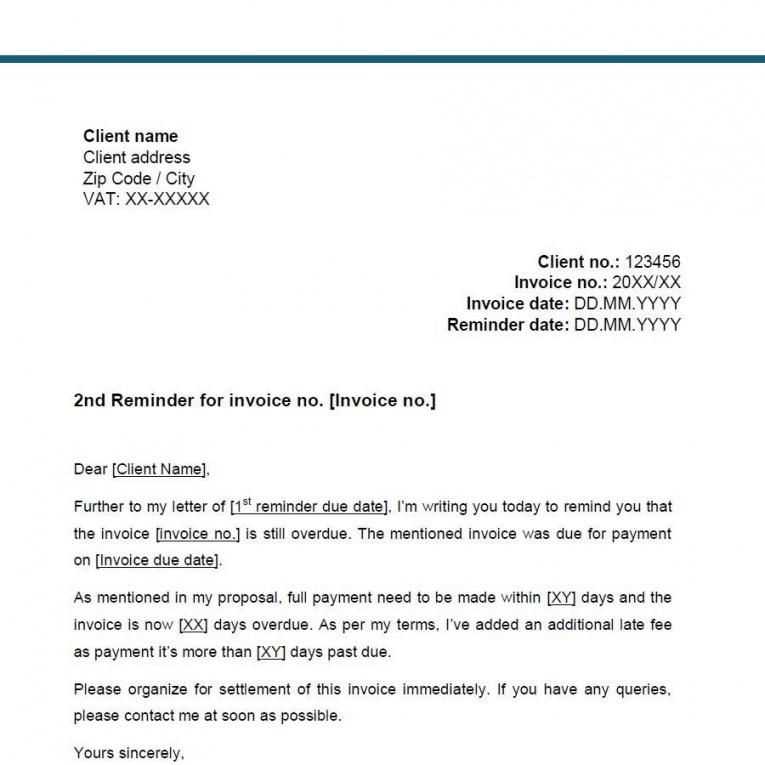
Crafting a formal request for unpaid funds requires careful attention to detail. The process involves outlining specific information in a clear and concise manner to ensure that all necessary points are addressed. By following a logical structure, you increase the chances of a prompt and accurate resolution.
Start by clearly stating the purpose of the document, mentioning the amount owed and the period during which the funds were due. Ensure that the tone remains professional, but firm enough to convey the seriousness of the matter. Follow up with a request for a timely resolution, indicating your expectation for a response within a specific timeframe.
Finally, provide any supporting evidence or documents that may help clarify the situation, such as previous communications or payroll records. This ensures that the request is well-documented and can be easily referenced if necessary.
What to Include in Your Request
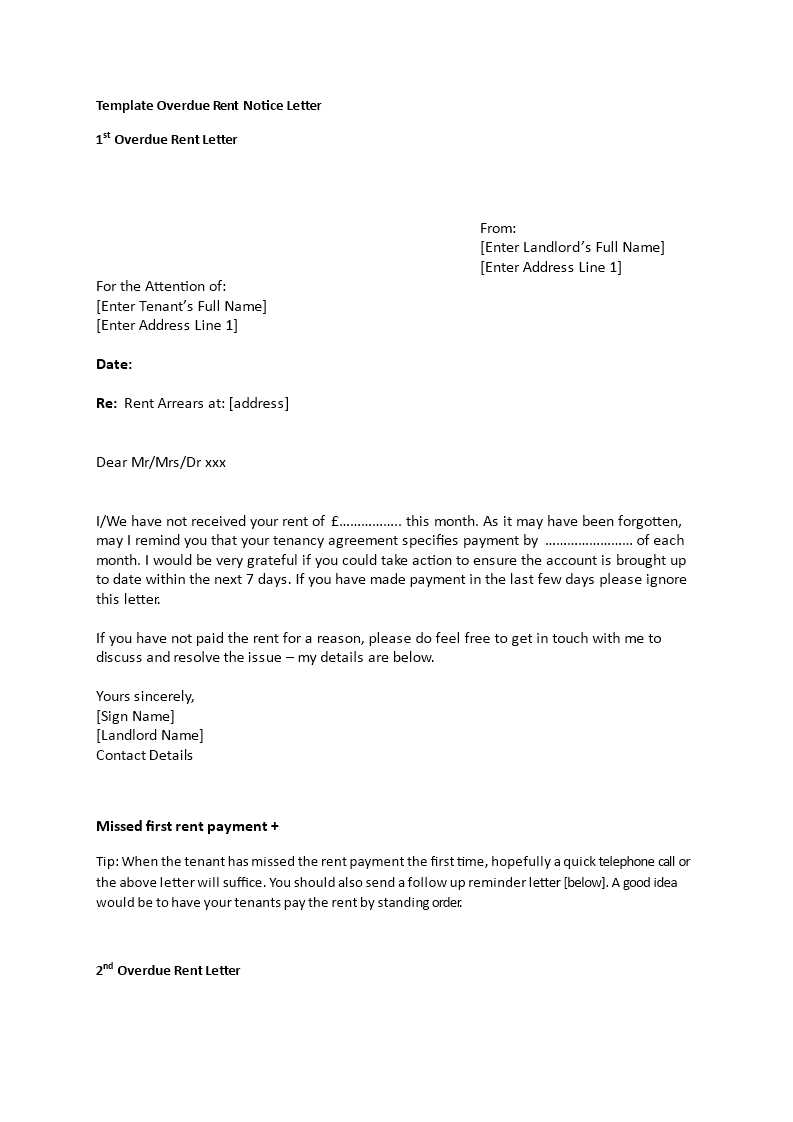
When drafting a formal request for unpaid funds, it’s essential to include key details that make your claim clear and valid. These elements ensure that the recipient fully understands the issue and can address it appropriately. Including the right information helps avoid delays and misunderstandings.
First, mention the specific amount owed and the time period for which the payment was due. This is the core of your request and should be easily identifiable. Next, provide any relevant references, such as previous agreements or communication, to support your claim. This gives context and strengthens your position.
Additionally, make sure to include a polite yet firm request for the funds, specifying your preferred resolution timeline. Offering a clear deadline for action ensures that both parties understand the urgency of the matter and can take the necessary steps to resolve it quickly.
Common Pitfalls in Payment Requests
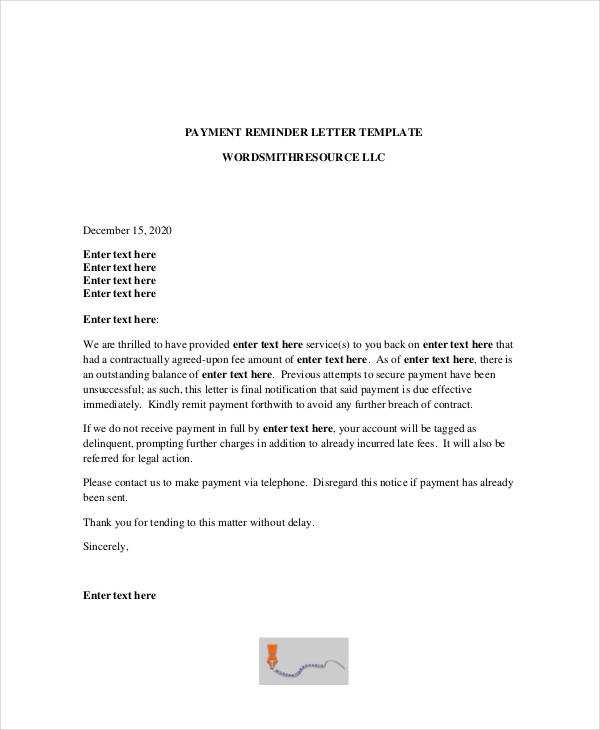
When submitting a formal request for unpaid amounts, it’s easy to make mistakes that could delay or complicate the process. Recognizing common errors can help ensure that your claim is handled efficiently and effectively. Avoiding these pitfalls increases the chances of a prompt and successful resolution.
Lack of Clear Details
One of the most frequent mistakes is failing to provide clear and specific information. Without mentioning the exact amount owed and the relevant time period, the request can become vague and harder to process. Ensure that all details are precise and easy to reference to prevent confusion and potential rejection of your claim.
Unclear or Inadequate Language
Using overly complex or unclear language can create misunderstandings. It’s important to communicate in a straightforward manner, keeping the tone professional but firm. Vague wording or a lack of clarity in what is being requested may lead to unnecessary back-and-forth and delay the resolution of the issue.
Ready-to-Use Documents for Employers
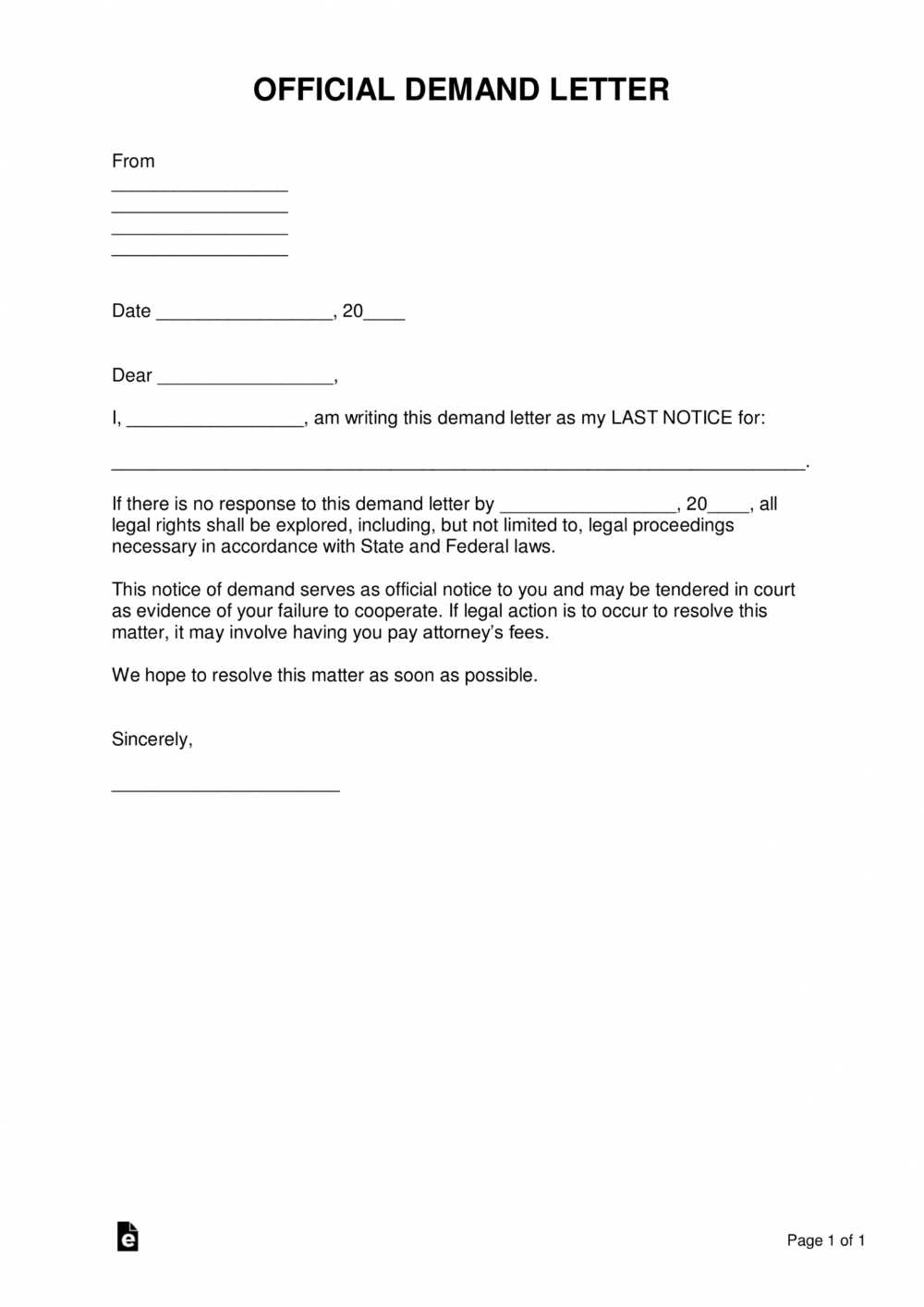
Employers can benefit from having pre-structured documents available for addressing unpaid amounts owed to employees. These ready-made formats simplify the process by providing a clear framework for communication, saving time and ensuring consistency in handling such matters. Using a well-organized document can also help employers maintain professionalism and reduce misunderstandings.
Benefits of Pre-Formatted Documents
Having a standardized document for requests ensures that all necessary information is included without missing important details. It also helps employers maintain a consistent approach when dealing with such issues, offering a clear and effective solution each time. This can speed up the resolution process and promote fair treatment of all employees.
Sample Format for Employer Use
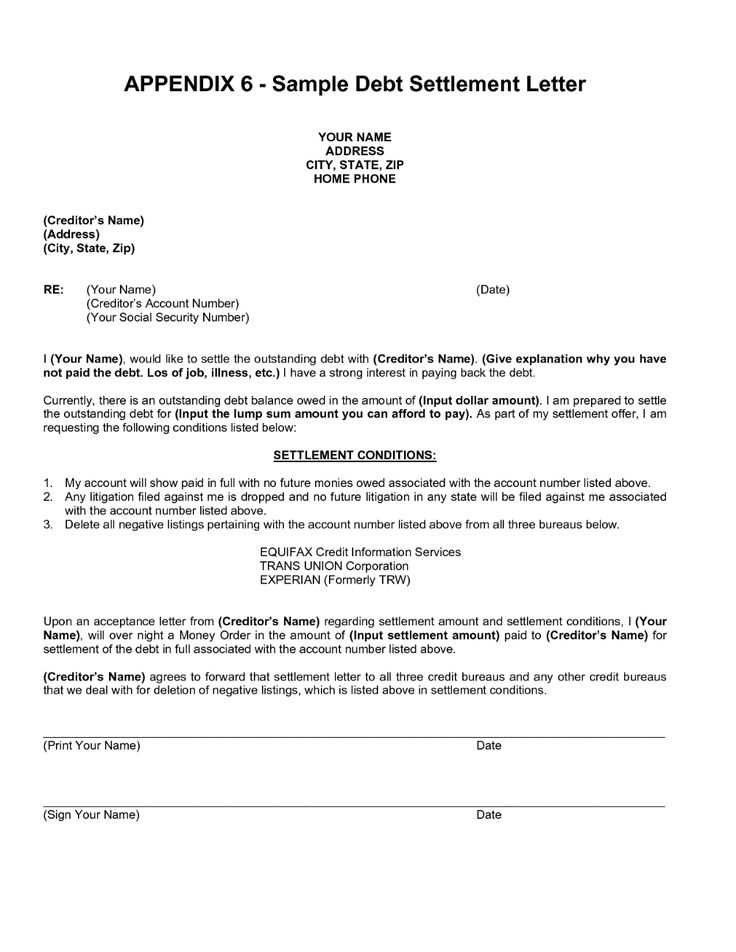
| Section | Description |
|---|---|
| Employee Information | Name, position, and contact details of the employee |
| Amount Owed | Specify the exact amount due |
| Time Period | State the specific period when the funds should have been paid |
| Request for Payment | A formal request for the owed amount with a timeline for resolution |
Best Time to Submit Payment Requests
Timing plays a crucial role in the success of your request for unpaid funds. Submitting a claim at the right moment can make a significant difference in the speed and outcome of the process. Knowing when to send the request ensures that it is taken seriously and addressed promptly.
- After Reviewing Documentation: Before submitting a request, ensure you have all necessary documents, such as records or communication, that support your claim.
- At the End of a Payment Cycle: It is often best to submit your request shortly after a payment cycle ends. This makes it easier for the recipient to confirm the discrepancy and act on it.
- After Exhausting Informal Communication: If informal discussions have not resulted in a resolution, it may be the right time to make a formal request for the owed amount.
- When Deadlines Are Approaching: If there is a legal or contractual deadline for payment, ensure you submit your request well in advance to allow for any necessary follow-up.
By choosing the right time, you can improve the chances of a smooth and timely resolution to your claim.
Understanding Legal Rights for Unpaid Compensation
It is essential for both employees and employers to be aware of the legal frameworks that govern unpaid wages. Knowing your rights can help prevent misunderstandings and ensure that all parties are treated fairly. These rights are often outlined by labor laws and regulations that vary depending on the country or region.
Key Legal Protections for Employees
Employees have certain legal protections when it comes to compensation disputes. Understanding these protections is crucial in resolving issues effectively. Below are some key points:
- Minimum Wage Laws: Employees are entitled to be paid at least the minimum wage set by the relevant authority.
- Statute of Limitations: There are typically time limits within which employees must submit claims for unpaid wages.
- Right to File a Complaint: Employees can file complaints with labor boards or agencies if they believe they are not being paid properly.
Employer Obligations and Consequences
Employers must adhere to legal requirements and fulfill their obligations regarding compensation. Failing to do so can lead to legal consequences:
- Failure to Comply: Employers who fail to pay owed wages may face fines or legal action.
- Contractual Violations: If wages are stipulated in an agreement, non-payment can be considered a breach of contract.
- Potential Lawsuits: Employees have the right to pursue legal action if payment issues are not resolved through other means.
Being informed about legal rights ensures a better understanding of the options available in situations involving unpaid compensation.